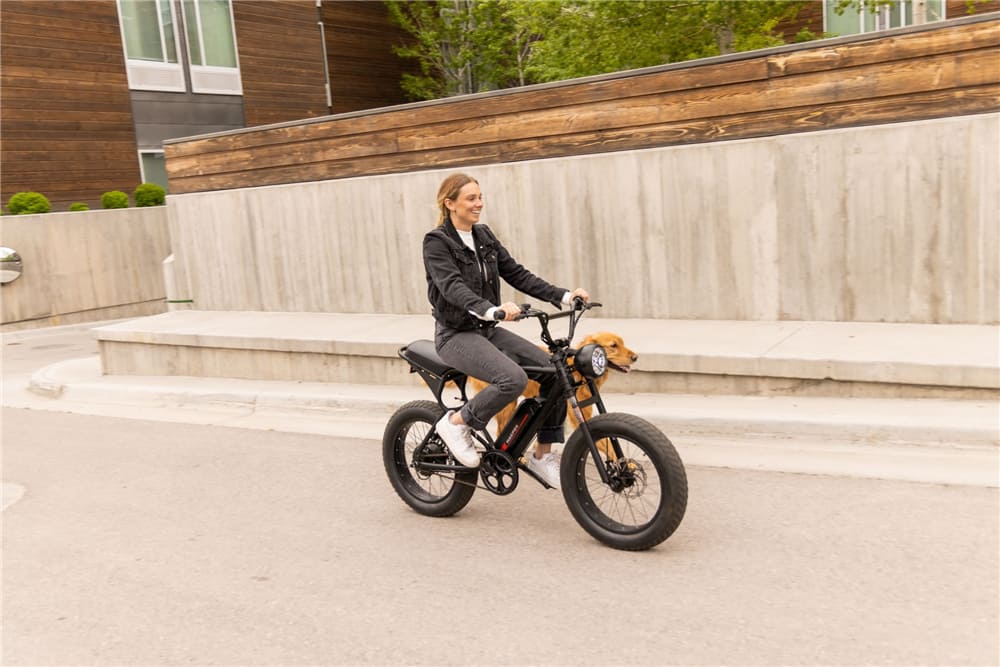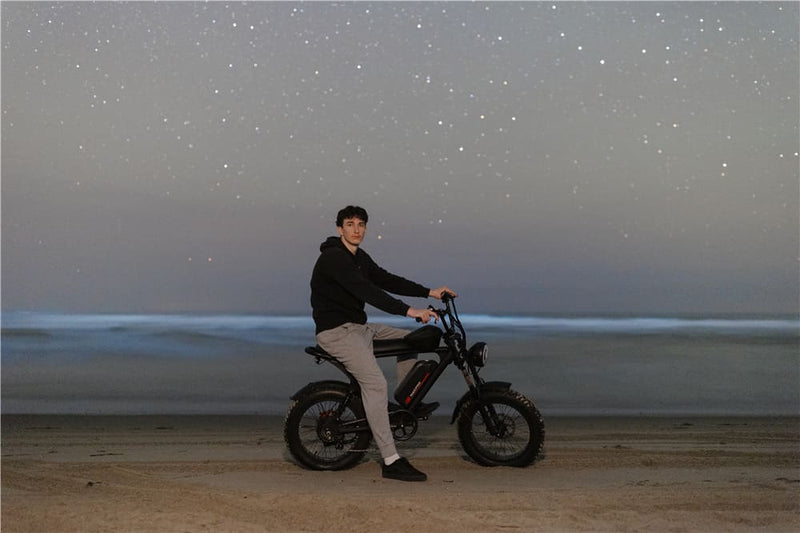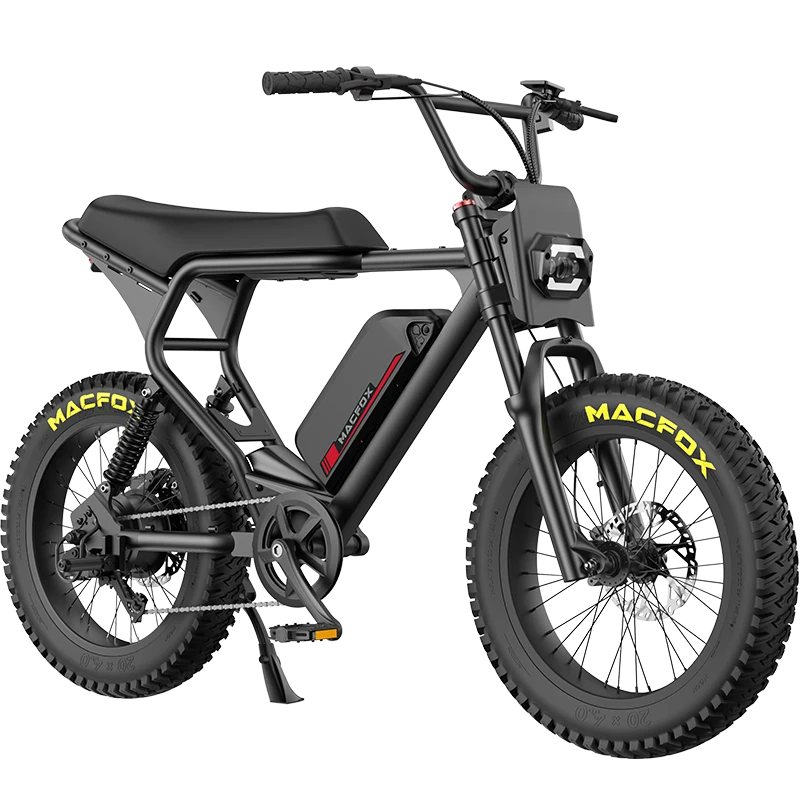In recent years, the transportation landscape has seen a notable shift with the rise of electric bicycles, commonly termed e-bikes. Especially in regions like Michigan, where the roads and trails provide the perfect setting for such vehicles, there's been a marked increase in their popularity. With this surge in interest and use, Michigan's legislation has been hard at work creating a framework that allows users to enjoy their e-bikes while ensuring safety and conformity to standards. These standards segregate e-bikes into specific categories, with each category having its unique features and usage regulations.
An e-bike, in its most basic form, can be defined as a bicycle equipped with a dedicated pedal system. It's supplemented with an electric motor. This motor, in Michigan, is typically below 750 watts. With this configuration, an e-bike is capable of achieving a top speed of 20 miles per hour on a level surface, considering a rider weight of around 170 pounds.
Breaking Down E-Bike Classes in Michigan
Now, understanding the basics of what constitutes an e-bike is one thing. But in Michigan, it's essential to know that there are three distinct classes of e-bikes:
- Class 1 E-Bike: Pioneering the list, a Class 1 e-bike is a type that gives the rider an extra push only when they pedal. But as soon as you hit the 20 mph mark, the motor assistance will cease. It's a blend of manual effort and electric assistance, ensuring you're actively involved in the journey.
- Class 2 E-Bike: Transitioning from Class 1, the Class 2 e-bikes offer a bit more in terms of motor dependency. These e-bikes have a motor that can propel the bike without any need for pedaling. However, similar to the Class 1 variant, the motor stops its assistance at 20 mph. This is particularly helpful for those who might want to take occasional breaks from pedaling.
- Class 3 E-Bike: At the top echelon of e-bike classes in Michigan stands the Class 3. These e-bikes are designed for those who crave speed, offering motor assistance while the rider pedals, and pushing the speed threshold to 28 mph before the motor stops assisting.

Deciphering Michigan's E-Bike Riding Zones
Where you can ride your e-bike largely depends on its class. In Michigan:
Class 1 E-Bikes find their haven on paved trails or multi-use paths. It's a universal permission unless a specific local jurisdiction dictates otherwise. These paths are perfect for the gentle speed and combined motor-pedal operation of Class 1 bikes.
Class 2 E-Bikes are versatile. They are usually seen on roads, but it's not uncommon to find them restricted from certain trails or paths. Given their ability to run purely on motor up to 20 mph, they can easily navigate standard road conditions.
Class 3 E-Bikes are primarily road-runners. These high-speed bikes are typically restricted from the serene paths and trails unless they run adjacent to regular roads. Their speed and the necessity for roads make them the perfect companion for longer, faster commutes.
Safety and Labeling Protocols in Michigan for E-Bikes
Safety, being paramount, has led Michigan to enforce some strict safety regulations for e-bike users:
A crucial point to note is the mandatory helmet rule for riders below 18 years. Protecting the head, especially during high speeds of up to 28 mph, can never be overstated.
Functional horns or bells aren't just accessories. In Michigan, they're mandatory for e-bikes, ensuring that pedestrians can be alerted.
For traffic monitoring, e-bikes should be fitted with a rearview mirror. This becomes indispensable during turns or when navigating through heavy traffic.
Riding an e-bike during twilight or pre-dawn hours demands visibility. Hence, a front white light paired with a rear red reflector or light becomes essential.
Beyond safety, Michigan ensures clarity through labeling. Each e-bike should prominently display a label indicating its classification, speed capabilities, and motor wattage. This aids buyers during purchase and helps law enforcement in ensuring rules are adhered to.

Endnote
All in all, Michigan’s roads and trails await e-bike enthusiasts. With a clear understanding of country regulations, categories and safety standards, riders can confidently embark on adventures on a Macfox ebike, making every Macfox ride an unforgettable experience.
FAQs
Q1: How fast can I go on an e-bike in Michigan?
Depending on the class, e-bikes can go up to 20 mph (Class 1 & 2) or 28 mph (Class 3) with motor assistance.
Q2: Is there any formal registration process for e-bikes in Michigan?
Michigan simplifies e-bike ownership; there's no need for registration. However, the displayed label on the e-bike is crucial for classification and legal purposes.
Q3: Any specific helmet rules for e-bike riders?
Yes, for those under 18 years, wearing a helmet is compulsory when riding an e-bike in Michigan.


















